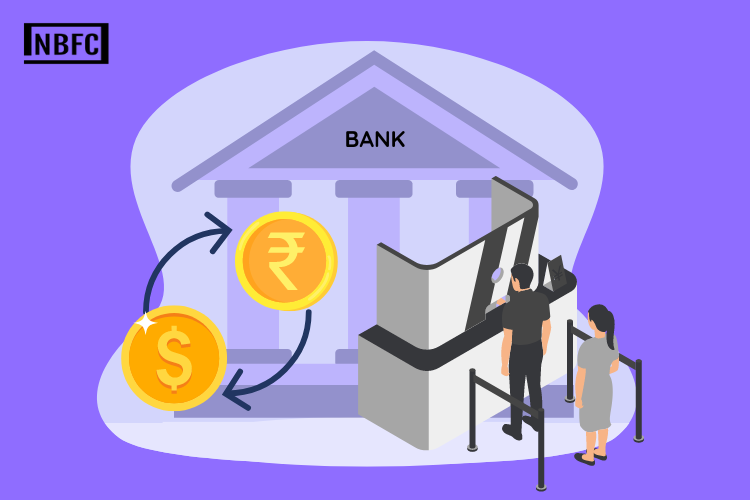Public sector banks have been performing quite steadily for quite some time, and the July to September quarter in 2022 vouches for it. These banks have registered unparalleled growth, and their asset quality has improved quite significantly. The stock market also highlights how amazingly PSU banks have been performing. Before we take a look at the reasons public sector banks are performing, let’s first understand what they are.
What are public sector or nationalized banks?
Public sector banks are also called nationalized banks. The financial guidelines for these banks are formulated by the Indian government, and the government holds more than 50 percent of the total stock of these banks. Committed to working in the interest of customers, nationalized banks roll out new schemes now and then. The reason the majority of their share is held by the government is the public interest, and that’s why the depositors trust these banks.
India’s largest nationalized bank is the State Bank of India (SBI). Earlier known as the Imperial Bank of India in 1955, it was renamed the State Bank of India by the Indian government when it decided to start the nationalization of banks.
Nationalized or public sector banks saw enormous growth in the late 20th century. As of now, there are 12 nationalized banks in India which are listed below-
- State Bank of India
- Bank of India
- Bank of Baroda
- Central Bank of India
- Canara Bank
- Indian Bank
- Indian Overseas Bank
- Punjab National Bank
- Bank of Maharashtra
- Punjab and Sind Bank
- UCO Bank
- Union Bank of India
Differences between public and private sector banks
As the name implies, private sector banks are independent and owned by private parties. These banks work with an aim to generate revenue, and their loan interest rates are higher than public sector banks.
Speaking of public sector banks, the government can appoint directors without consulting the board members. Private sector banks, on the other hand, are entirely independent, and hence they have empowered boards.
The majority of public sector banks have not put a cap on daily international transfers, which isn’t the case with private sector banks.
Reasons why PSU banks are performing
1. Better asset quality
Increasing interest rates became a major reason to increase the interest income of these banks. On the other hand, regulatory efforts played a crucial role in reducing stressed assets which helped enhance the overall asset quality for these banks.
GNPA (Gross non-performing asset) ratio reduced quite significantly for these banks, and that’s attributable to better recoveries. Borrowers availing of the ECLGS (Emergency credit line guarantee scheme) have demonstrated good repayment behavior. Also, the repayment rate improved quite significantly in the case of the borrowers availing ECLGS as opposed to the overall repayment trends in the Indian MSME market.
2. Good performance on regulatory forbearance
Public sector banks had a repute of poor asset quality. In the period of the global financial crisis, there was a change in the norms for the recognition of non-performing assets. Relaxation in the norms was aimed at addressing the woes of borrowers, and this relaxation put such assets in the standard category instead of non-performing assets. Regulatory forbearance was also used during the pandemic when the resolution plans were implemented under a framework that included payment rescheduling and moratorium based on the borrower’s income streams for up to 2 years.
3. Improving profits
State Bank of India registered the highest-ever quarterly net profit between July and September 2022, which was 74% more as compared to the corresponding quarter of the previous year.
India’s largest lender SBI is not the only nationalized bank in India to have performed well, as Canara Bank also reported an 89.4% of net profit. The net interest margins of banks have boosted quite significantly. Their interest income which comprises interest on advances and interest on investment, saw an upward growth in recent times.
Nifty PSU Bank Index was propelled to new highs, and that’s a result of amazing results posted by the nationalized banks.
Conclusion
If you compare the performance of public and private sector banks, you will discover that nationalized, or public sector banks have proven their mettle. The increasing interest rates on fixed deposits turned out to be attractive, but it has also caused a decline in the share of low-cost deposits such as current and savings accounts. People’s increasing interest in mutual funds will also make both public and private sector banks compete with these instruments.
Looking forward to come into the lending business or start your own financial institution? Nurtured to offer the best of financial services, NBFC Advisory is your guide in the right direction. Our Experts are aware of all the regulations that govern lending in India and are able to give you full guidance for the compliance with RBI’s Regulations.





